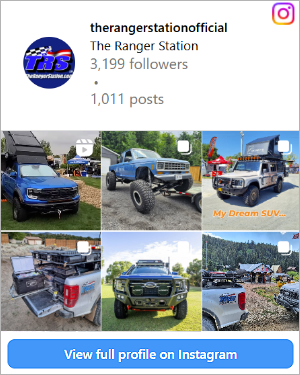Fairlaniac
Well-Known Member
- Joined
- Dec 8, 2007
- Messages
- 215
- Age
- 65
- City
- Denver, PA
- Vehicle Year
- 1993
- Engine
- 3.0 V6
- Transmission
- Manual
I bought a 90-something 8.8 rear and swapped into my '91 Ranger. How do I tell which wheel cylinder it uses? I have 10" brakes but there are different wheel cylinder part numbers listed '97 and older and '98 and newer. Appears to have been a change in that time period per my RockAuto search and Advanced Auto Search. Shy of removing it and paying local prices (ordering more than wheel cylinders) by I.D.-ing it, any other way to tell? Thanks!












